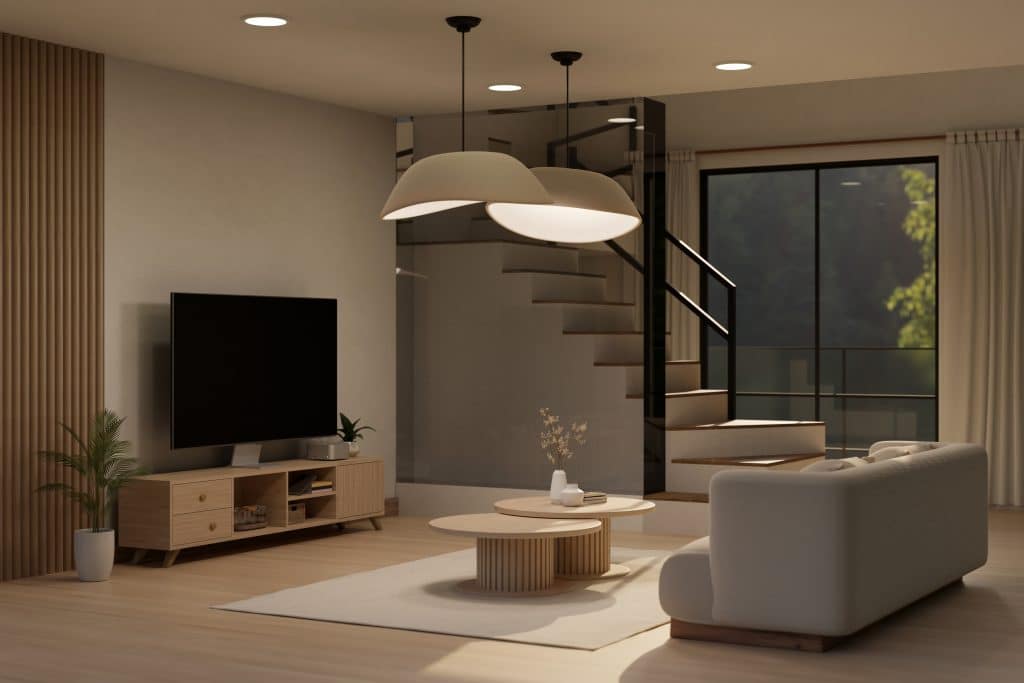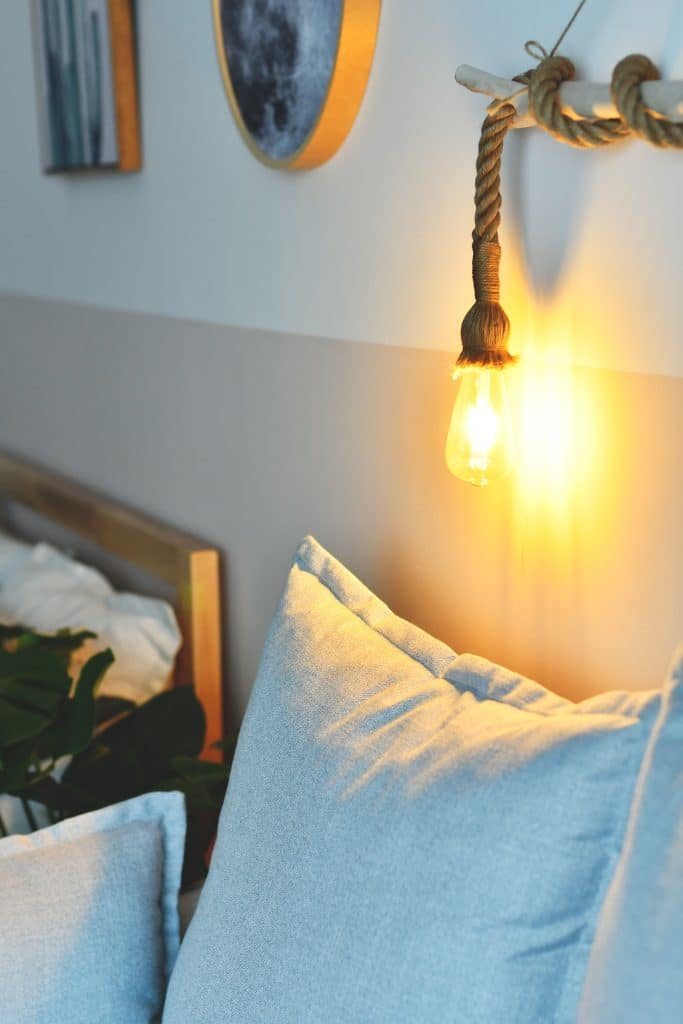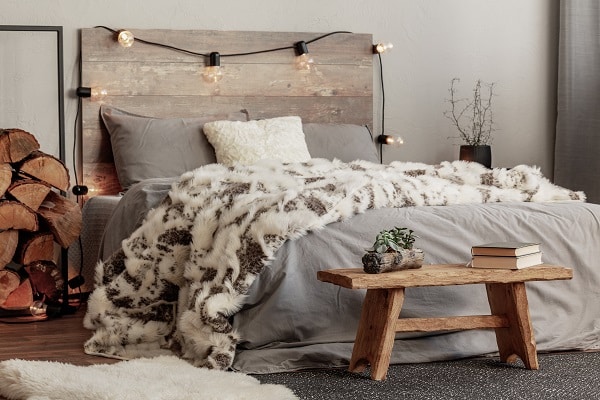Every homeowner, whether a seasoned decorator or a novice just starting, appreciates the value of good interior design. It’s not just about creating an aesthetically pleasing environment; it’s about creating a space that reflects your style, accommodates your needs, and feels like home. However, creating the perfect design is not always straightforward. Missteps are common and can turn a well-intentioned design into a dysfunctional or clashing space. This post aims to educate you on the most common interior design mistakes and how to avoid them, helping you to create a space that’s as beautiful as it is functional.
Interior Design: A Brief Overview

Interior design is the art of creating functional and aesthetically pleasing spaces within a built environment. It employs various principles such as color coordination, balance, rhythm, contrast, scale & proportion, and harmony. Each of these elements plays a vital role in how a space looks and feels. For example, balance ensures that no single part of the room overpowers the other, while contrast adds interest to the space.
However, when these principles are ignored or misapplied, it can lead to common interior design mistakes. For instance, a lack of understanding of scale and proportion can result in furniture that’s too big or too small for the space. Similarly, an absence of color harmony can cause a room to feel chaotic rather than cohesive.
Recognizing Interior Design Mistakes in Your Space
So, how can you identify these interior design mistakes in your own space? Simple – educate yourself on these mistakes and how they can manifest in a room. This is crucial because recognizing these mistakes is the first step toward creating a better-designed space.
Ignoring the Scale and Proportion

Scale and proportion are essential elements in interior design. When ignored, rooms can feel awkward and unbalanced. For instance, a large sofa in a small room can overwhelm the space, making it seem smaller than it is. Conversely, tiny furniture in a large room can leave it feeling sparse and cold.
To avoid this mistake, carefully measure your room before purchasing furniture. Try to visualize how each piece will fit within the space. Remember, furniture should be proportional to the room and to other pieces in the room. And if you’re unsure, ask a professional designer or consult furniture showrooms for help.
Confusing Clutter With Coziness

When it comes to interior design, it’s easy to fall into the trap of thinking that more is always better. However, one common mistake many people make is confusing clutter with coziness. It’s true that a room filled with items can feel warm and inviting, but there is a fine line between this and simply creating chaos. Too much clutter in any space can make it feel cramped and overwhelming rather than peaceful and relaxing.
If this sounds like your home, then it’s time to start decluttering. Before bringing in new items, take the time to reassess what you already have and get rid of anything that isn’t serving a purpose or adding any value to the room. Remember – in interior design, less is often more.
Poor Lighting Choices

Lighting plays a pivotal role in creating the mood and functionality of a space. It’s not just about having light fixtures; it’s about having the right type and amount of light. Common mistakes include relying solely on overhead lighting, which can create harsh shadows, or insufficient light sources for different tasks.
To create a well-lit room, consider incorporating three types of lighting: ambient, task, and accent. Ambient lighting provides general illumination, task lighting focuses on specific areas for work or reading, and accent lighting highlights specific features or objects.
Neglecting Color Harmony

Color can make or break a space. The right colors can create a harmonious and balanced look while clashing colors can make a room feel disjointed and chaotic. One common mistake is using too many colors or patterns, which can be visually overwhelming. To achieve color harmony, start by choosing a color palette consisting of a few complementary colors.
A general rule of thumb is to use a 60-30-10 distribution: 60% of the room’s color should come from the walls, 30% from furniture and upholstery, and 10% from accents and accessories. Additionally, consider using different shades of the same color to create depth and interest.
Inappropriate Use of Theme

A consistent theme can help tie a room together and create a unified look. However, a common mistake is either overdoing a theme or incorporating elements that don’t belong. For example, a beach-themed room that includes seashells, nautical decorations, and ocean-inspired colors might feel more like a seaside souvenir shop than a sophisticated living space.
If you want to avoid this, be subtle with your theme. Choose a few key pieces that reflect your desired look and complement them with more neutral or understated elements. This approach will create a cohesive design that isn’t overwhelming or kitschy.
Neglecting Functionality

While aesthetics are important, functionality is the cornerstone of good interior design. A space that looks beautiful but doesn’t meet your needs will ultimately be frustrating to live in. Common mistakes include not considering traffic flow, insufficient storage, or poor furniture arrangement.
To prioritize functionality, start by assessing your needs and the purpose of each room. From there, plan furniture placement and storage solutions to accommodate these needs. Keep in mind that flexible, multi-functional furniture can be a valuable asset in creating a functional and adaptable space.
Overlooking Personal Style

Lastly, neglecting your personal style can lead to a space that doesn’t feel like your own. While it’s fine to take inspiration from design trends or other people’s homes, it’s essential to incorporate elements that reflect your personality and lifestyle. All too often, homeowners will design a space based on what’s popular or expected rather than what truly resonates with them.
To incorporate your personal style, think about your interests, hobbies, and preferences. Use these insights to select colors, patterns, textures, and accessories that genuinely reflect who you are. Ultimately, your home should be a reflection of your unique identity and a place where you feel most comfortable.
Try Your Best To Avoid These Interior Design Mistakes!
In summary, avoiding these common interior design mistakes can help you create a space that is not only aesthetically pleasing but also functional and reflective of your personal style. By understanding and applying the principles, you can create a space that truly feels like home. So, keep these pitfalls in mind as you embark on your next design project, and enjoy the process of creating a beautiful, well-designed space that is uniquely yours.


